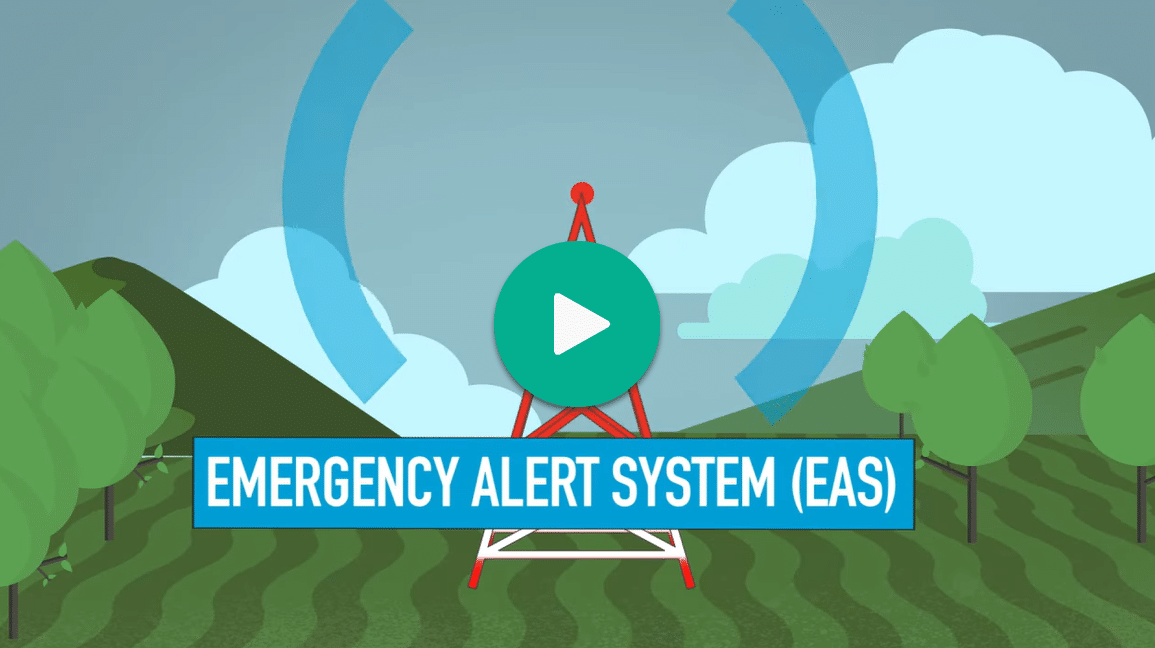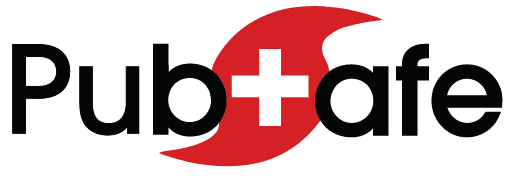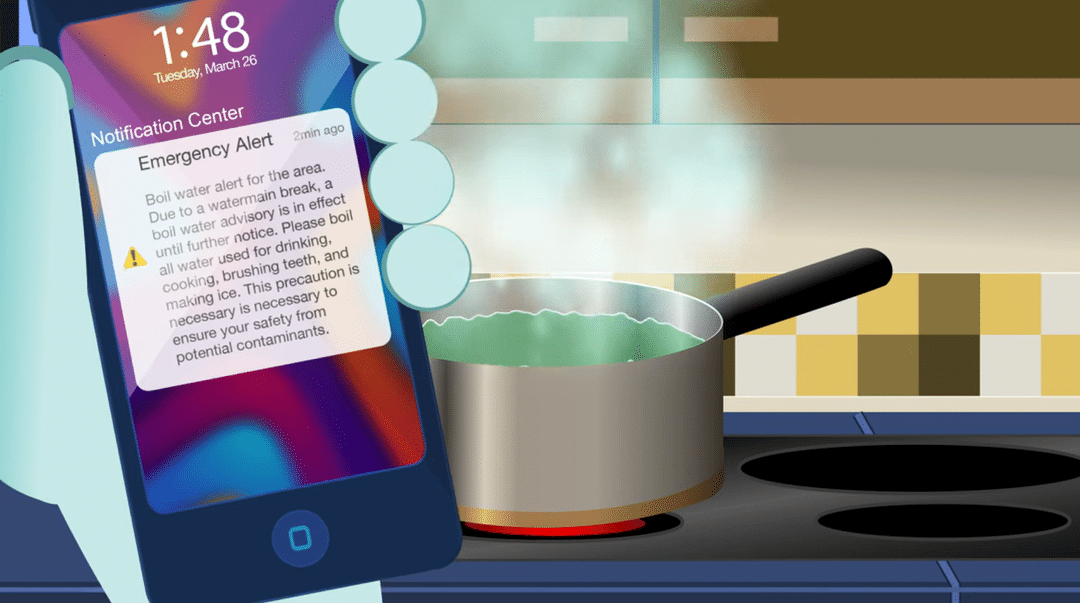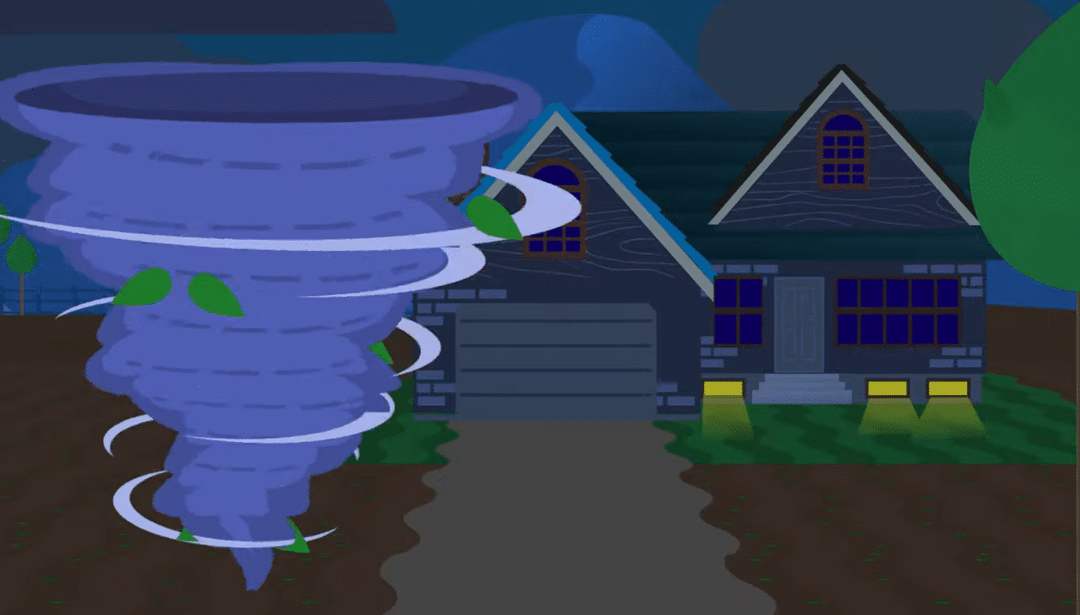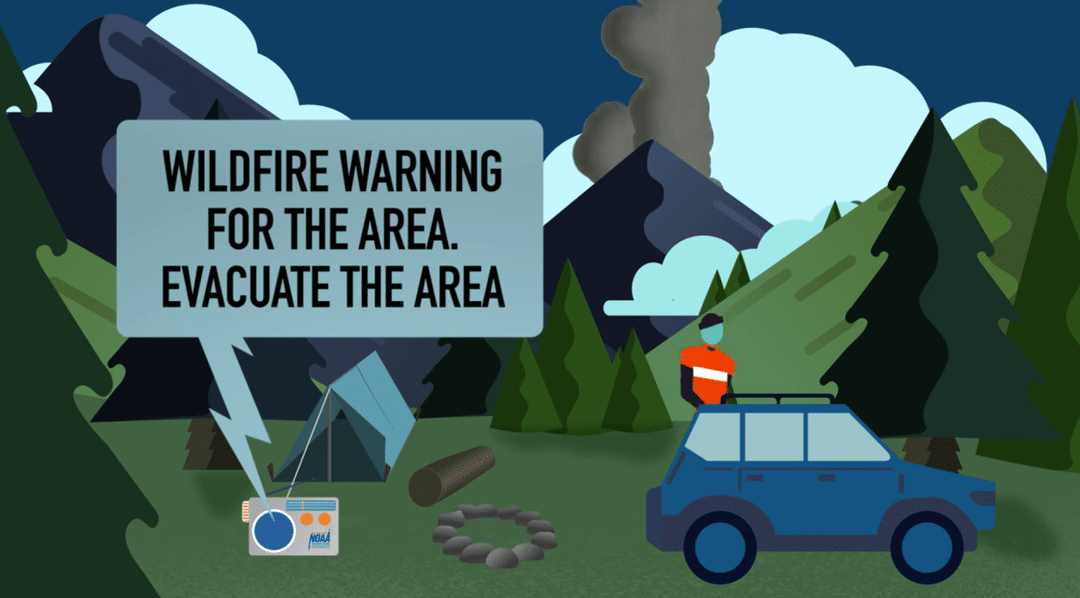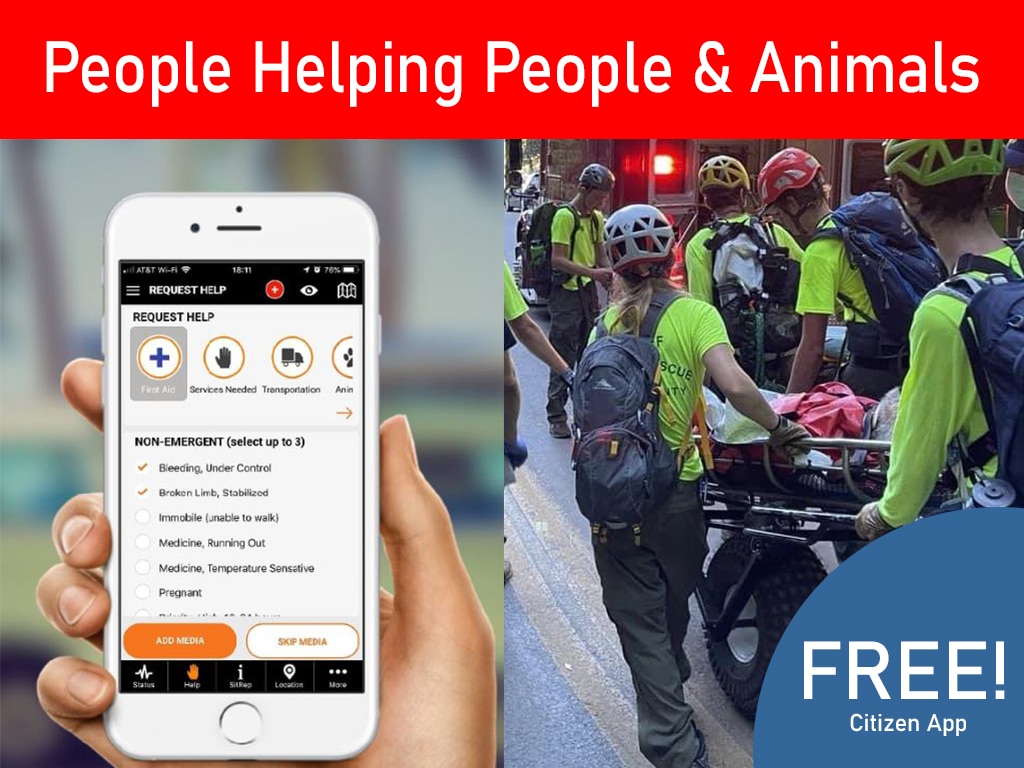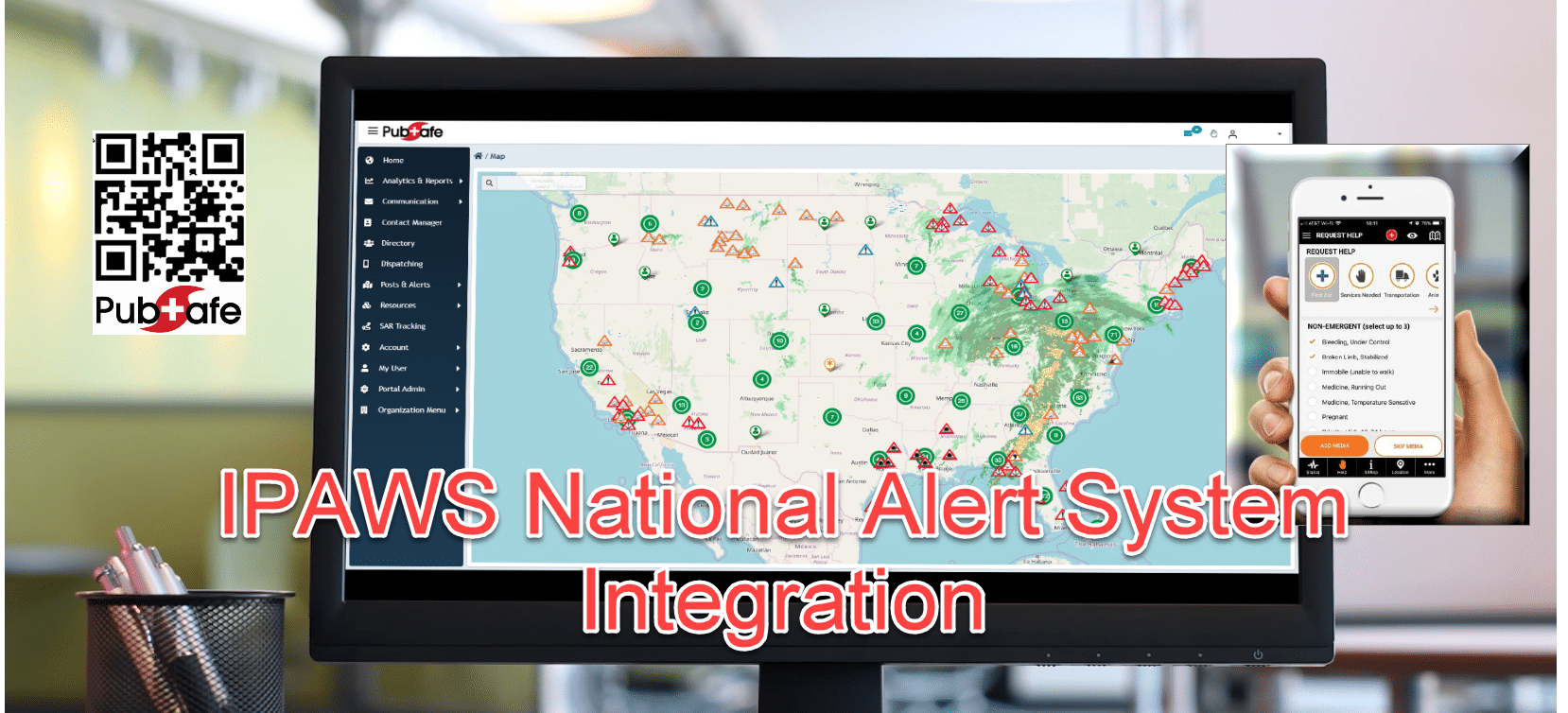
Integrated Public Alert & Warning System (IPAWS)
Safeguarding Communities in the Digital Age
Unveiling the Sentinel: IPAWS
The Origins of IPAWS
IPAWS isn’t just an acronym; it’s a lifeline born from the challenges of past major events such as Hurricane Katrina. IPAWS is provided by the Federal Emergency Management Agency (FEMA), and is our national alerting system, with distributed access. IPAWS is Federally provided, but used by local government agencies to deliver localized alerts.
Its mission? To ensure critical information reaches people swiftly and effectively during emergencies.
Get Free Organization Account
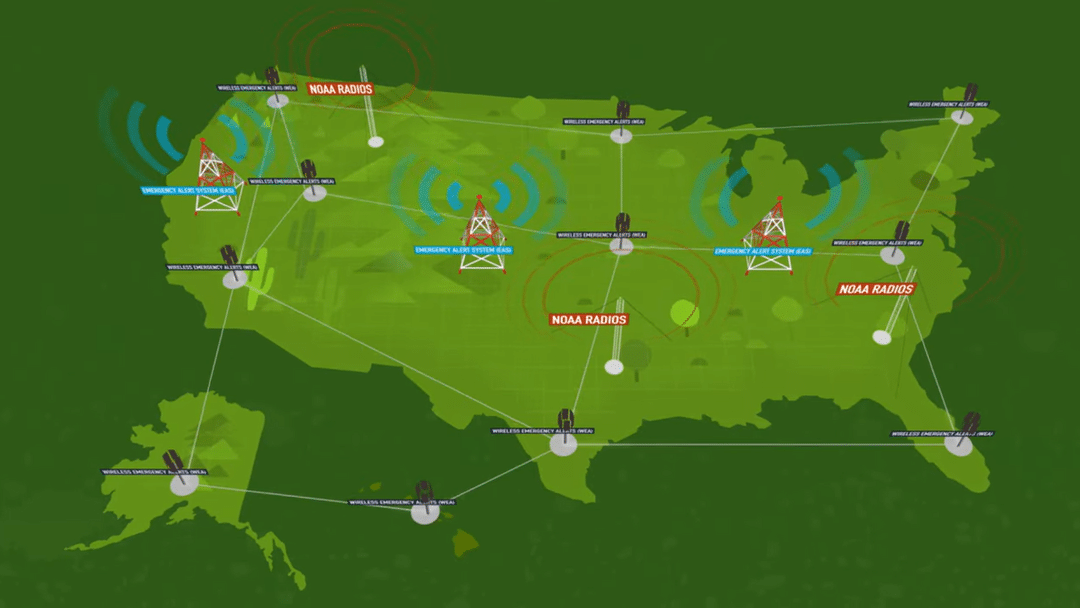
The Magic Behind IPAWS
Platform Agnosticism: IPAWS doesn’t play favorites. It can send messages to multiple platforms simultaneously increasing the chance for citizens to receive critical messages. You might see the same alert on TV, hear it on the radio, or see it on your smartphone.
We all use our phones a lot. IPAWS makes sure you get the same important alerts no matter how you connect. No one gets left behind.
Geographic Precision: When disaster strikes, it doesn’t spam the entire country; it targets those directly to those in harm’s way. Evacuation orders, shelter locations, and safety instructions; all delivered precisely where needed.
Clarity in Chaos: In the midst of pandemonium, clarity is required. IPAWS authorized agencies create alerts with the precision and intent. Messages are designed to cut through the noise found during disasters so people can quickly react. Citizen safety is the primary goal. Reduced property damage is second.
The Orchestra of Preparedness
IPAWS isn’t a solo act; it’s part of a grand symphony.
Here’s how it harmonizes with other players:
Local, State, and Federal Authorities: Many agencies and private entities like PubSafe work together to distribute the messages create by approved authorities. When a tornado swirls or a flood threatens, authorities orchestrate the response across the region or disaster zone. FEMA and IPAWS are supporting tools to aid state and local officials in the execution of the emergency management response.
Emergency Alert Systems (EAS): IPAWS sends emergency notifications to EAS, which amplifies the message specifically through radio, cable, satellite and television. EAS gives the President of the United States a direct line of communication to every citizen. FEMA works with the National Oceanic and Atmospheric Administration (NOAA) and Federal Communications Commission (FCC) for implementing, operating, and maintaining the national alerting system. You have probably seen test of the EAS on your TV when your program is interrupted, a tone sounds, and a message it read “This is a test of the emergency broadcast system.”
Smart Phones: IPAWS taps into mobile networks, sending alerts directly to your device using the iOS and Android operating system or approved mobile apps like PubSafe.
PubSafe Integration: PubSafe integrated with the IPAWS in order to relay alerts to all PubSafe users. PubSafe share the alerts in the web portal as well as in the mobile app. PubSafe delivers not only IPAWS alerts, but help requests, SitReps and Location updates based on the user’s approximate location. As people travel across the country, PubSafe stays with them to help keep them safe from local situations.
The Quest for Public Awareness
FEMA encourages communities to be IPAWS-savvy. Here’s how you can level up:
- Get an Alerting Solution: Be sure you phone is enable for alerts. If you do not use the free PubSafe app to get alerts, get an app which does. Familiarize yourself with IPAWS so you do not ignore alerts.
- Types of Alerts: IPAWS is not a single generic alert. Stop and read the alert and evaluate your situation. Alerts may be sent for wildfires, tsunamis, tornado warnings, AMBER alerts (for missing children), and presidential alerts.
- Prepare, Prepare, Prepare: When IPAWS whispers, be ready. Have a plan for yourself and your family and practice your plan based on different scenarios such as a tornado while at work, school or soccer practice. Have an emergency kit, or “go-bag” to grab and go in a moments notice. Think about water, a flashlight, and snacks that won’t go bad. Also, consider self-defense items, important papers, and cash. Know your escape routes. Practice these routes with younger people to help them feel more confident.
Information Saves Lives
IPAWS isn’t just about technology; it’s about resilience. When the storm clouds gather, it’s there—a digital lighthouse guiding us to safety.
Unification and real-time sharing of information is what the free PubSafe mobile app is designed to do. Citizens are the first line of information gathering and essential to aiding emergency managers in gaining situational awareness. When an active shooters strikes, an alert from a citizen may make all the difference before law enforcement even arrives.
Learn more: If you’re curious about the inner workings of IPAWS, explore the official FEMA IPAWS website. If you, or your organization, want to learn more about PubSafe visit www.pubsafe.net/download.
And remember, even in the digital realm, we’re all in this together!
